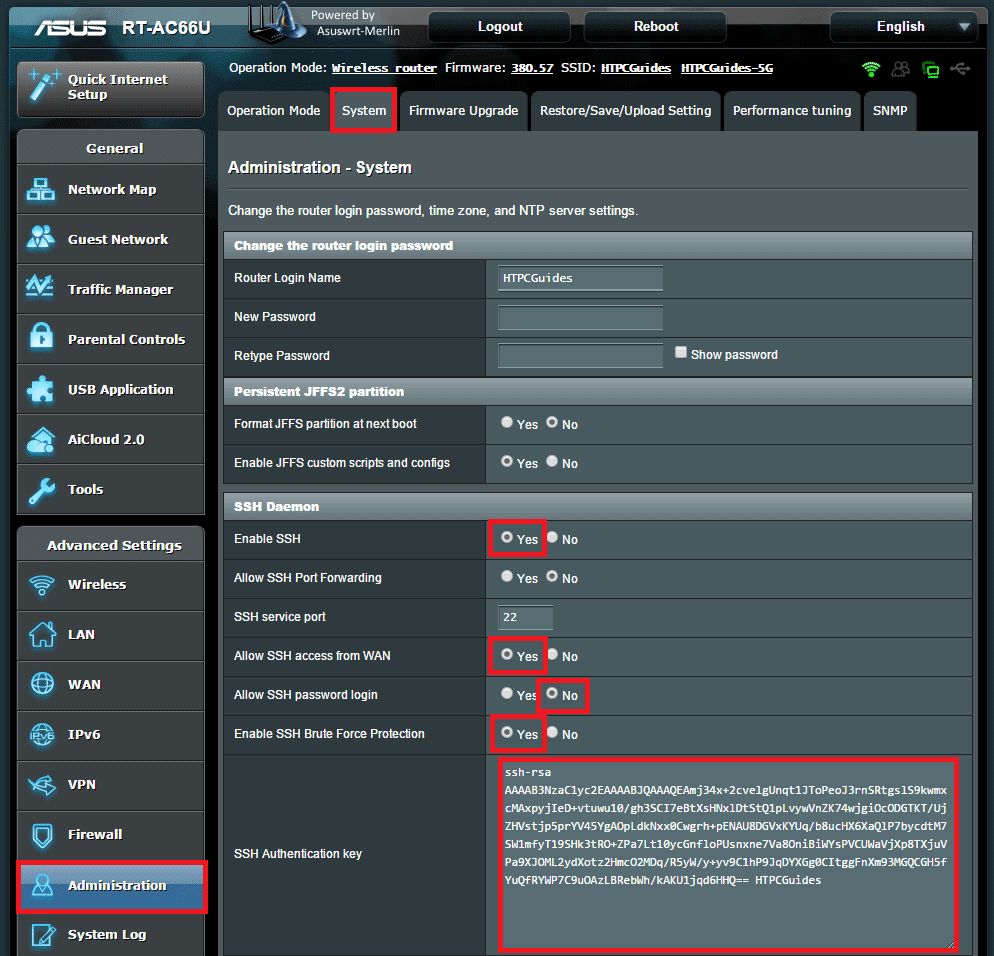
- #Nzbget synology file owner how to#
- #Nzbget synology file owner update#
- #Nzbget synology file owner software#
#Nzbget synology file owner software#
Many Docker images accept -e UMASK=002 as an environment variable and some software can be configured with a user, group and umask (NZBGet) or folder/file permission (Sonarr/Radarr), inside the container. For a deeper explanation, try the Arch Linux wiki articles about file permissions and attributes and UMASK. You can restrict permissions even more by denying read from “other”, which would be a umask of 007 for a user per daemon or 077 for a single shared user. A sane alternative to this is a single shared user, which would use 755 and 644 which is a umask of 022. Ideally, each software runs as its own user and they are all part of a shared group with folder permissions set to 775 ( drwxrwxr-x) and files set to 664 ( -rw-rw-r-), which is a umask of 002. ¶ Multiple users and a shared group ¶ Permissions This guide is more conceptual in nature while TRaSH's tutorial walks you through the process. Reminder that many folks find TRaSH's Hardlink Tutorial helpful and easier to understand than this guide. This is easy to say, but not so easy to understand and explain. The idea is that you run each Docker container as its own user, with a shared group and consistent volumes so every container sees the same path layout. This article will not show you specifics about the best Docker setup, but it describes an overview that you can use to make your own setup the best that it can be.
#Nzbget synology file owner how to#
See this Docker Guide and TRaSH's Docker Tutorial instead for how to setup Docker Compose.
#Nzbget synology file owner update#
Pulls every tag on update when you don't set a specific tag.Inconsistent compose implementations on different architectures.No automatically created custom networks for inter-container communication.Incorrect order of source and target of mounts.It's strongly suggested to use Docker compose and to not use Portainer.Portainer should only for viewing docker container logs / container status.Portainer gives a pretty GUI for managing containers, but that is all it is useful for.Portainer should be avoided for setting up docker containers It removes the hassle around user management and permissions on the host device and features some other applications like PleX.

It is basically a ready-to-go collection of files and only requires you to run two things to get the entire thing online. Note: This is a GitHub repository aimed at beginners who want to use Docker for their Servarr stack.

Note: Many folks find TRaSH's Hardlink Tutorial helpful and easier to understand than this guide. And most of all, ignore most of the Docker image’s path documentation! Using one volume (so the download folder and library folder are on the same file system) makes hardlinks and instant moves (atomic moves) possible for Sonarr, Radarr, Lidarr and Readarr. Consistent path definitions between all containers that maintains the folder structure. TL DR: An eponymous user per daemon and a shared group with a umask of 002. Running Docker containers with umask 000.Running Docker containers as root or changing users around.Correct outside paths, incorrect inside paths.


 0 kommentar(er)
0 kommentar(er)
